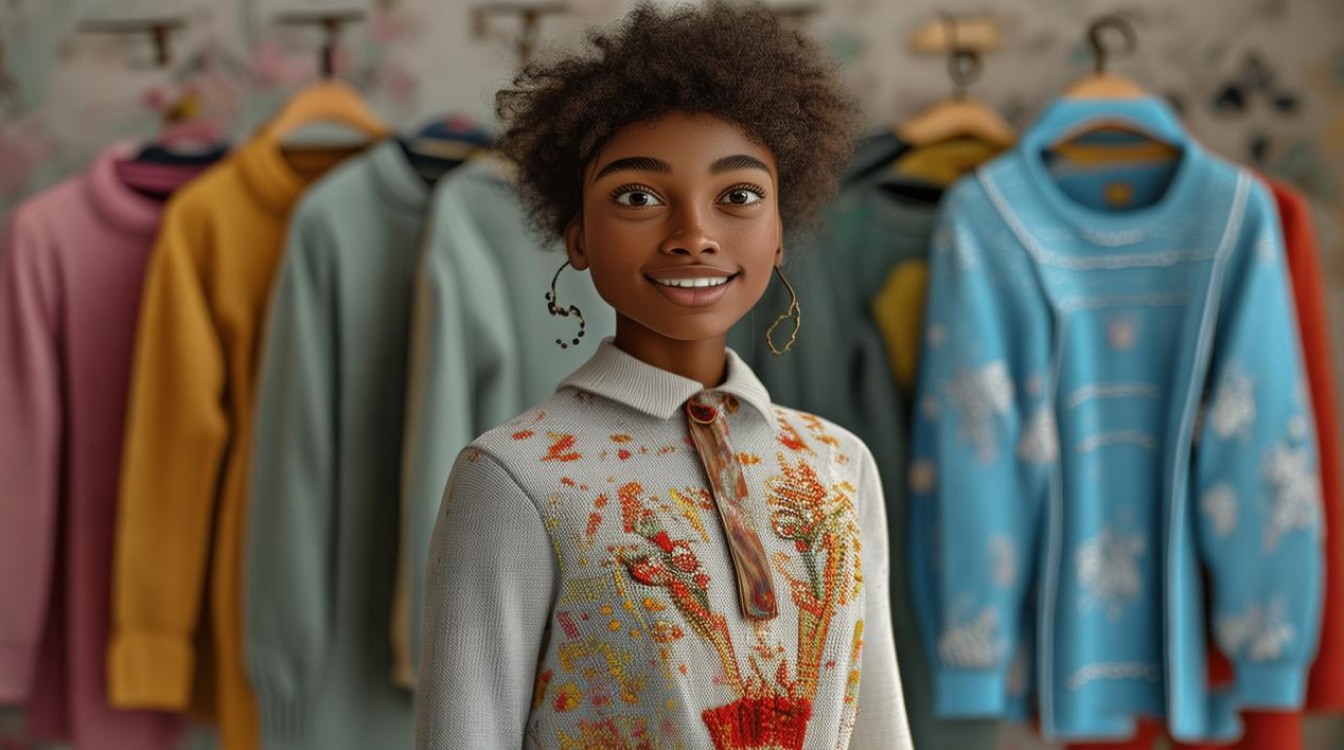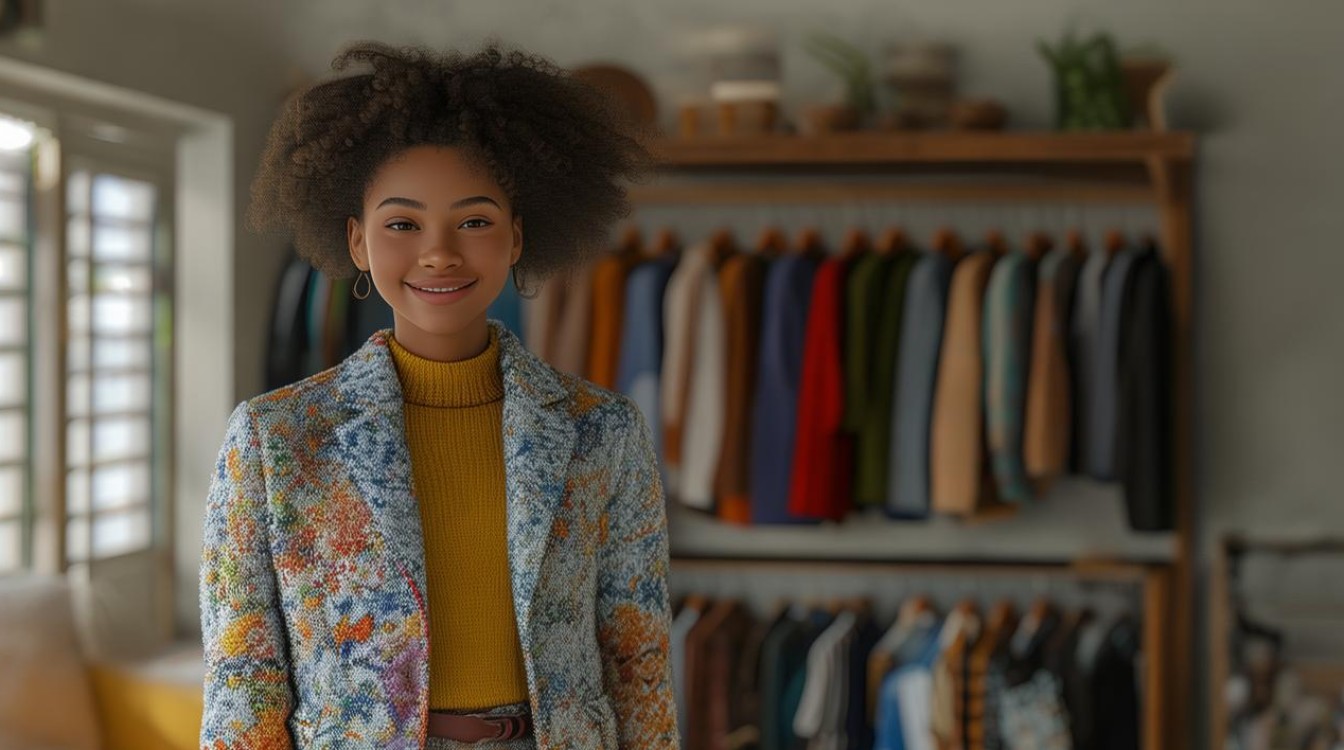Clothing is more than just fabric stitched together—it’s an expression of personality, mood, and identity. People often have favorite outfits that make them feel confident, comfortable, or simply happy. Whether it’s a cozy sweater on a chilly day, a crisp shirt for a formal occasion, or a pair of well-worn jeans, the clothes we love say a lot about who we are.

Why We Love Certain Clothes
Certain garments hold a special place in our wardrobes. Some prefer soft, breathable fabrics like cotton or linen, while others enjoy the sleek feel of silk or the structure of wool. The reasons vary:
- Comfort – Loose-fitting clothes, stretchy fabrics, or well-worn shoes often become favorites because they allow ease of movement.
- Style – A well-tailored blazer, a flattering dress, or a pair of perfectly fitting jeans can boost confidence.
- Memories – A concert T-shirt, a gift from a loved one, or an outfit worn on a special day carries emotional value.
- Functionality – Weather-appropriate clothing, like a warm coat in winter or a breezy sundress in summer, becomes essential.
The Psychology Behind Clothing Choices
Fashion psychology suggests that what we wear influences how we feel and how others perceive us. Wearing a favorite outfit can:
- Boost Mood – Bright colors or familiar textures can lift spirits.
- Enhance Confidence – A sharp suit or an elegant dress can make someone feel more self-assured.
- Reflect Identity – Subcultures, professions, and personal tastes often dictate clothing preferences.
For example, someone who loves vintage fashion might feel a connection to past eras, while a tech professional might favor minimalist, functional attire.

Cultural and Social Influences
Clothing preferences are shaped by culture, trends, and social norms. In some societies, traditional garments like kimonos, saris, or kilts hold deep significance. In others, streetwear, business attire, or sportswear dominate daily wear.
Globalization has also blurred fashion boundaries—people mix styles from different cultures, creating unique personal aesthetics. Social media accelerates trends, making certain looks instantly popular.
Sustainable and Ethical Fashion
An increasing number of people prioritize sustainability when choosing clothes. Fast fashion’s environmental impact has led many to:

- Buy Secondhand – Thrift stores and vintage shops offer unique, eco-friendly options.
- Support Ethical Brands – Companies using fair labor and eco-conscious materials attract conscious consumers.
- Invest in Quality – Well-made garments last longer, reducing waste.
Personal Stories of Favorite Outfits
Many have a go-to outfit that feels like a second skin. A writer might cherish a worn-in cardigan that accompanies late-night brainstorming sessions. A traveler might swear by a lightweight jacket that’s been on countless adventures. These pieces become part of personal narratives.
One college student recalls a denim jacket covered in patches from different cities—each one representing a trip. Another person treasures a hand-knit scarf from a grandparent, worn every winter. These items carry stories beyond their material value.
The Future of Fashion Preferences
As technology evolves, so does clothing. Innovations like:

- Smart Fabrics – Temperature-regulating materials or self-cleaning textiles.
- Customization – 3D-printed designs or AI-generated fashion recommendations.
- Virtual Fashion – Digital clothing for online avatars.
Yet, no matter how advanced fashion becomes, the emotional connection to favorite clothes will likely remain.
Clothing is a silent language—it speaks of individuality, culture, and emotion. The next time you reach for that trusty sweater or those perfectly broken-in shoes, remember: what you wear is more than just fabric. It’s a piece of your story.

